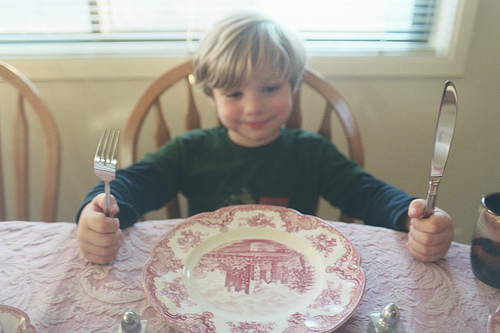Artificial food dyes are used to color many foods, snacks, sweets, and beverages in the United States and around the world. Nutritionists advise a plate of food to resemble a rainbow, with fruits and vegetables of different colors filling the plate and stomach. In recent decades, artificial dyes have given the illusion of this being achieved. In the last 50 years, the amount of synthetic dye used in foods has increased by 500%. But is this “artificial rainbow” safe for consumption? According to data pouring in that shatters the illusion, no.
Issues with artificial food coloring aren’t new, but the science to back up the concerns continues to flood in. To name a couple, about two years ago, Forbes reported on the “potential dangers” of artificial dyes and just this year Purdue University released a report detailing the risks many children face if they consume more than the “safe” level of 30 mg of dye.
Potential health risks
While there are no definitive findings on the effects of artificial dyes on children and adults, excessive consumption has been linked to certain health problems. These include:
- ADHD in children; the Centers for Disease Control and Prevention found a 41% increase in ADHD diagnoses of high school-aged boys that may be linked to the increased level of usage of artificial dyes in the past decade;
- Cancer, the Center for Science in the Public Interest (CSPI) stating that chemicals used to create these artificial dyes can cause mutations or damage to chromosomes in eukaryotic cells; and
- Allergic reactions, according to CSPI
- Organ damage, according to CSPI
More studies are underway, but so far it appears that small levels of artificial dye don’t adversely affect human health. However, many children’s food products contain such a mixture of dyes that kids are consuming far more than the recommended “safe” levels of dye. Artificial dyes are most notably found in beverages and sweets, but make no mistake – you can find them where you least expect them.
For example, cheese can be naturally yellow- but the infamous golden yellow of Kraft Macaroni & Cheese is really 17.6 mg of artificial dye (per serving). Cereals are another popular hangout for artificial dyes, with Trix containing 36.4 mg of a combo of Yellow 6, Blue 1, and Red 40. Even the proverbially “healthy” Cheerios has 31 mg of food dyes. It seems that all the foods kids love are teeming with these artificial dyes!
Imagine kids eating these meals made up of their favorite foods:
Breakfast:
1 glass of Sunny D Orange Strawberry (41.5 mg of artificial dye)
Cap’n Crunch Oops! All Berries Cereal (41.0 mg)
Lunch:
Kraft Macaroni & Cheese (17.6 mg)
1 glass of Orange Crush (33.6 mg)
1 Target Mini Green Cupcake (55.3 mg)
Total by lunch: 189 mg of artificial dye!
Before dinner, your child has already consumed a scary amount of artificial food dye, since behavioral tests found that as little as 30 mg of artificial dye can cause adverse effects. Moms and dads alike should make sure their picky eater is getting enough of the nutrients they need and not just settling for foods that they know their kids will happily consume every day. As you can see from the breakfast and lunch breakdown above, if you give in to their tantrum of wanting Mac n’ Cheese for lunch daily, there can be serious health consequences.
Informed moderation
A Purdue study concluded that children are consuming 5x the 30 mg amount of artificial food dye deemed safe for use. In 2011, the FDA stated that a high dosage of artificial dyes in a child’s diet could be associated with behavioral problems.
The lesson here is informed moderation. Once upon a time, manufacturers were not required to include dyes as ingredients. Although many food companies do, not every company does. It is the responsibility of retailers and producers to clearly label artificial dyes and reduce their proliferation. Similarly, it is the responsibility of consumers to know which foods are unsafe to consume large quantities of.
To help your child have a healthy and balanced diet, limit the processed foods you give them and provide more natural options instead.
Go Natural
What else can you do to limit your intake? Substitute food that only has natural dyes.
Alternatives to artificial dyes include:
- Beetroot extract
- Annatto
- Turmeric
- Paprika extract
- Carotene
- Saffron
- Juniper
- Indian madder
- Berries
- Red cabbage
- Cochineal bug (gross, but very natural)
And the best part? They’re all found in nature so they can only do wonders for you and your loved ones.
They give off just as much color naturally and your body will thank you for making the switch!
Share this post on Twitter!
Read our latest blog on artificial dyes and find out why natural is the way to go, here: http://t.co/t8bbU9J94q pic.twitter.com/NVg7iIorQf
— Safer Chemicals (@SaferChemicals) March 5, 2015




